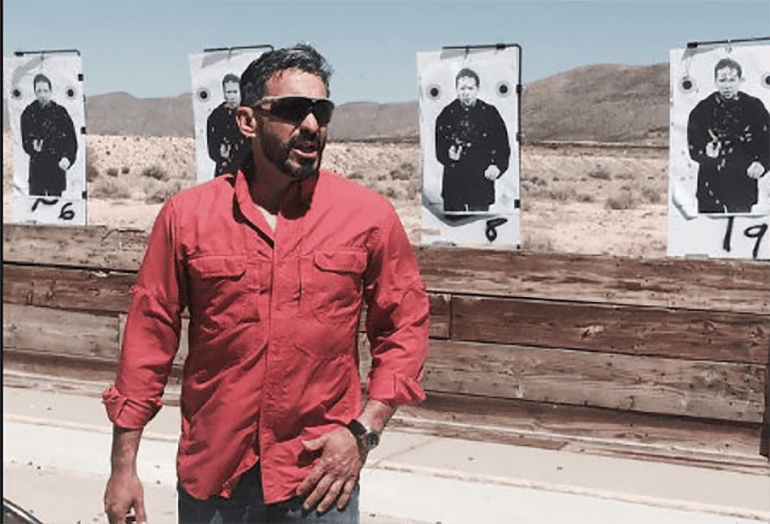
All my students want to become better shooters. Some aspire to being more than just proficient. They want to develop their skills to the point where they’re confident that they’re more than ready and can perform well, either in a self-defense situation or in competition. In short, they want to become and advanced shooter.
If I had to describe what it means to be an “advanced” shooter, it’s deceptively simple: mastery of the fundamentals. All of them. Then learning to execute them consistently and faster than the other guy. That’s it.
But doing things faster is one thing. Even a rank beginner can usually manage to yank a handgun out of a holster and squeeze off a few shots relatively rapidly. The goal is to do it repeatedly and with precision, and that takes training. Training in the fundamentals of stance, draw, grip, aim and control, followed by lots of practice and repetition.
The Key Is Standards
When we talk speed, the biggest challenge to getting there is achieving consistency and developing standards. When defining standards that a shooter works to attain, they must be observable, measurable and the big one…repeatable.
If you’re all over the place, the biggest mistake you can make is continuing to practice and run your drills at what feels like full speed. You might achieved some intermittent success at advanced speeds, but without mastering the fundamentals and developing consistency, you’re not truly advanced. It’s time to slow down and master the fundamentals.
You won’t truly be an advanced shooter until you can meet minimum accuracy standards, repeatedly and on command, at full speed. That’s when you’ll know you’re dialed in.
Luck Has Nothing to do with it
Early on in our classes, I ask students to only shoot as fast as they can while accurately hitting the target zone. Many mistake my instruction, thinking I want them to shoot as fast as they can, hoping that they’re lucky enough to hit the target. But luck isn’t a strategy.
Instead, I want students to hone in on perfecting good technique with minimal extraneous movement. To work on each part of the draw-and-fire sequence, with economy of motion, executing each aspect of the whole as perfectly as they can. Even if it takes them a full minute or more to complete a draw-and-fire five-shot sequence perfectly, with all five shots in the target zone, I’m happy.
The goal is to perfect the basic techniques so that they’re repeatable to the point where the shooter can’t miss at slower speeds. The light bulb truly goes on when the student recognizes speed is only a byproduct of mastering good technique, practiced until it’s truly second nature.
Only then do I have them begin to dial up the speed, gradually, in a controlled manner. As long as they’re achieving 75-80% accuracy while maintaining good form and technique, I’m happy while they work at gradually increased pace.
It’s Not That Hard
When your technique is dialed in, your mistakes become fewer and fewer. This bring about a higher level of confidence in your ability to perform on command, regardless of circumstances.
The goal is to be able to execute when you least expect it, because you’ve practiced and developed the muscle memory to perform well without thinking. I tell my students the story of a famous sculptor being asked by a student how he creates his masterpieces. The artist’s reply: it is simple, I chip away the rock until only the sculpture remains.
The principle is very similar for shooters. We try to get rid of any unnecessary or redundant movement so all we’re left with is the minimal motion necessary to accomplish the task. Over time, the byproduct of that perfected technique — developed with plenty of practice — is increased speed.
Becoming an advanced shooter is a matter of doing everything, all the essential skills involved, consistently and well. Only then can you go as fast as you can, letting it all out when it really counts.
Jeff Gonzales is a former US. Navy SEAL and preeminent weapons and tactics instructor. He brings his Naval Special Warfare mindset, operational success and lessons learned unapologetically to the world at large. Currently he is the Director of Training at The Range at Austin. Learn more about his passion and what he does at therangeuastin.com.
via The Truth About Guns
The Fundamentals of Advanced Shooting: Master the Fundamentals